Instruction
The Pros and Cons of High vs Low Hands at the Top
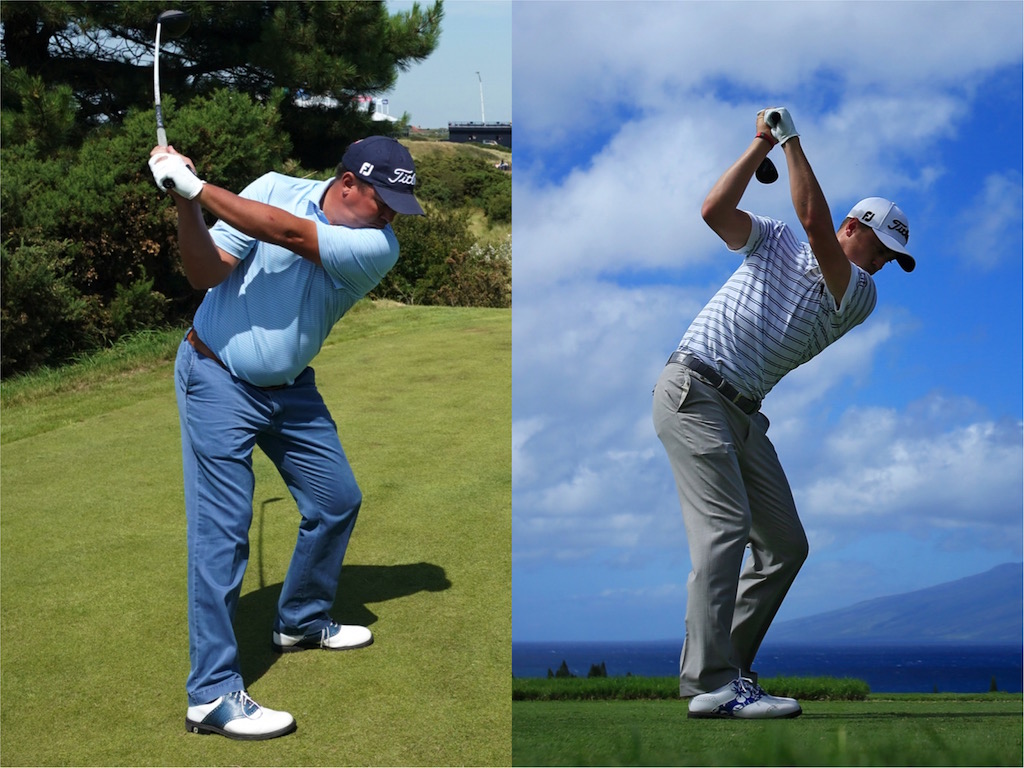
As a full-time golf instructor for the last 27 years, I have seen a many swing theories come and go, but one thing has come full circle: hand position at the top of the swing.
When I was first starting out, golf was just coming out of the high-hands phase; from the Jack Nicklaus era and into the more-rounded swings of the Nick Faldo-era. And most recently, Brandel Chamblee has been a very sound advocate of teaching higher hands to the players of today, citing examples of Justin Thomas, Dustin Johnson and Jason Day.
Here’s the Tweet that ignited the feud between him and Jason Dufner (a flat-swinger).
Justin Thomas hits it high,long and is great out of the rough… and..has an upright swing, like Dustin Johnson, Spieth,- and Woods at his best, yet player after player after player comes on tour with a flat swings.. why? The next coach to make a player more upright is a genius. pic.twitter.com/NlJ1Scn2hk
— Brandel Chamblee (@chambleebrandel) November 26, 2017
Personally, I have no issues with either swing method, but as always there are pros and cons for each depending on your level of coordination and handicap level. In this article, I would like to address these issues.
Here are the two basic hand positions we’re discussing as shown by my assistant: Higher Hands (more upright) and Lower Hands (flatter).
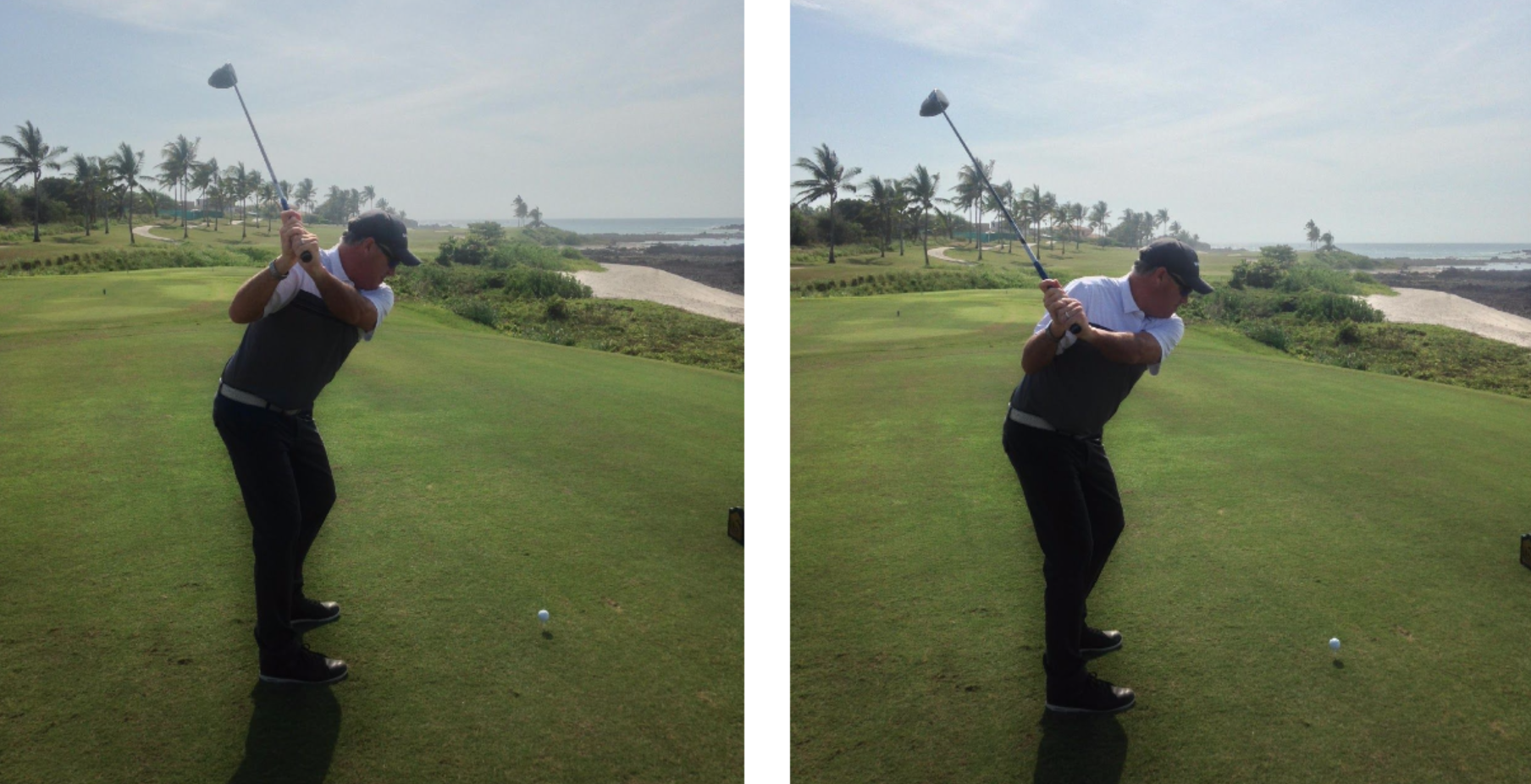
Now, as I’ve stated already, you can play well from both positions but it all depends on what you want as the player.
High Hands: Pros and Cons
• Club stays in the air longer and tends to produce more clubhead speed
• Players tend to stay more centered over the ball with higher hands
• Tends to produce higher trajectories and more spin
• Harder to control the club at the top and maintain the width of the arms
• Good for rear-knee straightening players
• Can cause a reverse weight shift if not controlled
• Easy to “fake” the shoulder turn and just lift the arms to the top
• Higher handicap players tend to come over-the-top from this position
• Harder on the back during the follow through
• Works well with taller players
• Feels more free and less restricted (think Payne Stewart)
Low Hands: Pros and Cons
• Players tend to have more arm width and lean over the right leg with this
position at the top
• The more rounded swing tends to be better with the longer clubs off the
ground for higher-handicap players
• More control from this position due to the lower clubhead speed
produced in general
• Works well with flexed rear knees and level hip turn players
• Easier to come from the inside for most players
• The club can easily get stuck going back or coming down since it is
already in a more rounded position
• Works well with shorter players, but requires more flexibility
• Easier to return the rear elbow and clubshaft through the ball effectively
• Can lead to an overly in-to-out path for better players
• Tougher on the shorter clubs
Now obviously you must choose for yourself which position works best for your game and what feels better to you. Enjoy the ride as there are no wrong answers!
- LIKE275
- LEGIT58
- WOW9
- LOL14
- IDHT12
- FLOP30
- OB42
- SHANK210
Instruction
Clement: Stop ripping off your swing with this drill!

Not the dreaded headcover under the armpit drill! As if your body is defective and can’t function by itself! Have you seen how incredible the human machine is with all the incredible feats of agility all kinds of athletes are accomplishing? You think your body is so defective (the good Lord is laughing his head off at you) that it needs a headcover tucked under the armpit so you can swing like T-Rex?
- LIKE0
- LEGIT0
- WOW1
- LOL0
- IDHT0
- FLOP0
- OB0
- SHANK2
Instruction
How a towel can fix your golf swing

This is a classic drill that has been used for decades. However, the world of marketed training aids has grown so much during that time that this simple practice has been virtually forgotten. Because why teach people how to play golf using everyday items when you can create and sell a product that reinforces the same thing? Nevertheless, I am here to give you helpful advice without running to the nearest Edwin Watts or adding something to your Amazon cart.
For the “scoring clubs,” having a solid connection between the arms and body during the swing, especially through impact, is paramount to creating long-lasting consistency. And keeping that connection throughout the swing helps rotate the shoulders more to generate more power to help you hit it farther. So, how does this drill work, and what will your game benefit from it? Well, let’s get into it.
Setup
You can use this for basic chip shots up to complete swings. I use this with every club in my bag, up to a 9 or 8-iron. It’s natural to create incrementally more separation between the arms and body as you progress up the set. So doing this with a high iron or a wood is not recommended.
While you set up to hit a ball, simply tuck the towel underneath both armpits. The length of the towel will determine how tight it will be across your chest but don’t make it so loose that it gets in the way of your vision. After both sides are tucked, make some focused swings, keeping both arms firmly connected to the body during the backswing and follow through. (Note: It’s normal to lose connection on your lead arm during your finishing pose.) When you’re ready, put a ball in the way of those swings and get to work.

Get a Better Shoulder Turn
Many of us struggle to have proper shoulder rotation in our golf swing, especially during long layoffs. Making a swing that is all arms and no shoulders is a surefire way to have less control with wedges and less distance with full swings. Notice how I can get in a similar-looking position in both 60° wedge photos. However, one is weak and uncontrollable, while the other is strong and connected. One allows me to use my larger muscles to create my swing, and one doesn’t. The follow-through is another critical point where having a good connection, as well as solid shoulder rotation, is a must. This drill is great for those who tend to have a “chicken wing” form in their lead arm, which happens when it becomes separated from the body through impact.
In full swings, getting your shoulders to rotate in your golf swing is a great way to reinforce proper weight distribution. If your swing is all arms, it’s much harder to get your weight to naturally shift to the inside part of your trail foot in the backswing. Sure, you could make the mistake of “sliding” to get weight on your back foot, but that doesn’t fix the issue. You must turn into your trial leg to generate power. Additionally, look at the difference in separation between my hands and my head in the 8-iron examples. The green picture has more separation and has my hands lower. This will help me lessen my angle of attack and make it easier to hit the inside part of the golf ball, rather than the over-the-top move that the other picture produces.


Stay Better Connected in the Backswing
When you don’t keep everything in your upper body working as one, getting to a good spot at the top of your swing is very hard to do. It would take impeccable timing along with great hand-eye coordination to hit quality shots with any sort of regularity if the arms are working separately from the body.
Notice in the red pictures of both my 60-degree wedge and 8-iron how high my hands are and the fact you can clearly see my shoulder through the gap in my arms. That has happened because the right arm, just above my elbow, has become totally disconnected from my body. That separation causes me to lift my hands as well as lose some of the extension in my left arm. This has been corrected in the green pictures by using this drill to reinforce that connection. It will also make you focus on keeping the lead arm close to your body as well. Because the moment either one loses that relationship, the towel falls.


Conclusion
I have been diligent this year in finding a few drills that target some of the issues that plague my golf game; either by simply forgetting fundamental things or by coming to terms with the faults that have bitten me my whole career. I have found that having a few drills to fall back on to reinforce certain feelings helps me find my game a little easier, and the “towel drill” is most definitely one of them.
- LIKE11
- LEGIT1
- WOW2
- LOL0
- IDHT0
- FLOP2
- OB0
- SHANK8
Instruction
Clement: Why your practice swing never sucks
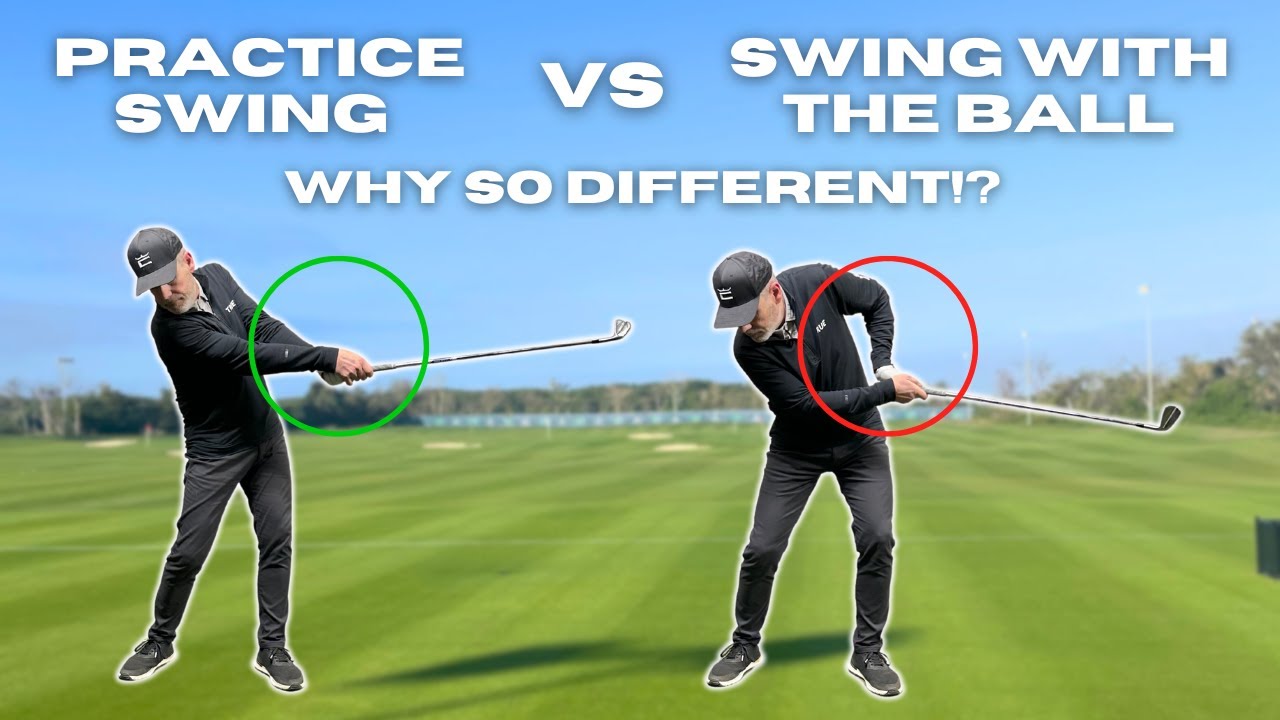
You hear that one all the time; I wish I could put my practice swing on the ball! We explain the huge importance of what to focus on to allow the ball to be perfectly in the way of your practice swing. Enjoy!
- LIKE0
- LEGIT0
- WOW0
- LOL0
- IDHT0
- FLOP0
- OB0
- SHANK2
-
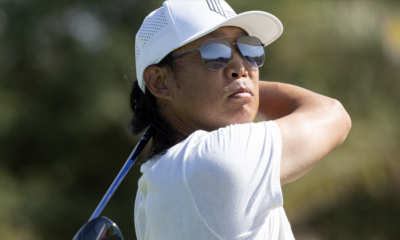
 19th Hole3 weeks ago
19th Hole3 weeks agoTour pro calls Anthony Kim a ‘f*****g idiot’ following Instagram comeback post
-
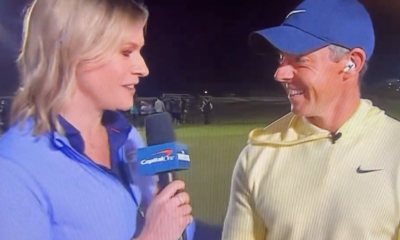
 19th Hole3 weeks ago
19th Hole3 weeks agoThis Rory McIlroy post-round ‘The Match’ moment is going viral…but all is likely not what it seems
-

 Whats in the Bag3 weeks ago
Whats in the Bag3 weeks agoAnthony Kim WITB 2024 (February)
-
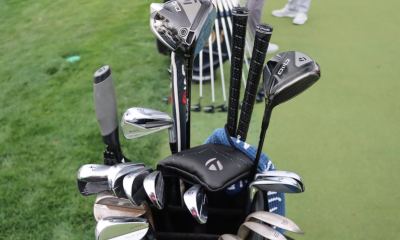
 Whats in the Bag2 weeks ago
Whats in the Bag2 weeks agoScottie Scheffler WITB 2024 (March)
-
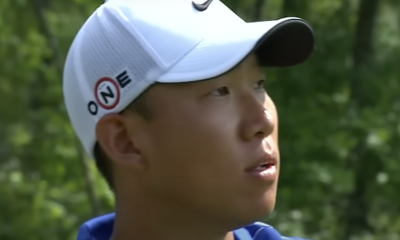
 19th Hole3 weeks ago
19th Hole3 weeks agoAnthony Kim’s speculated LIV Golf sign-on fee may surprise you
-
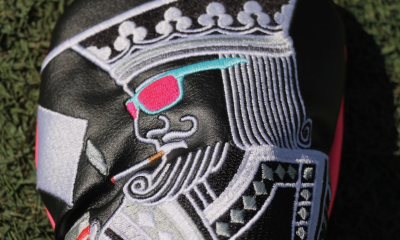
 Tour Photo Galleries2 weeks ago
Tour Photo Galleries2 weeks agoPhotos from the 2024 Arnold Palmer Invitational
-
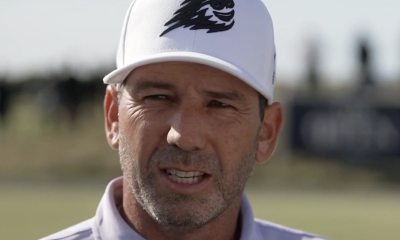
 19th Hole2 weeks ago
19th Hole2 weeks agoThe total sum that Sergio Garcia needs to pay in fines if he wants to return to DP World Tour revealed
-
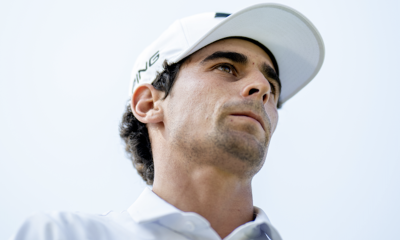
 19th Hole2 weeks ago
19th Hole2 weeks agoJoaquin Niemann names 3 PGA Tour events he’d love to play each year ‘in a perfect world’









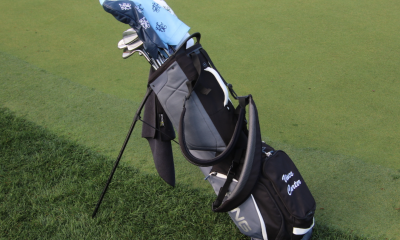

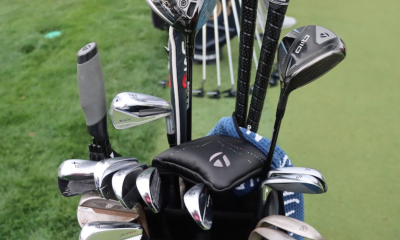

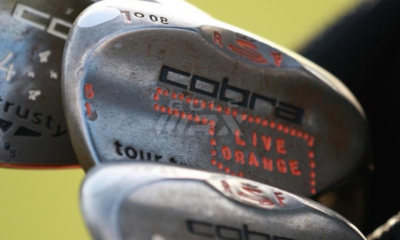

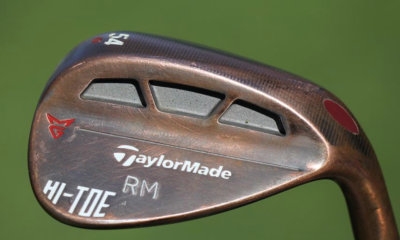

SK
Feb 6, 2018 at 7:38 pm
High Hands: “Works well with taller players”.
Low Hands: “Works well with shorter players, but requires more flexibility”.
———————————-
Both these observations fall into what was written in the golf swing book:
The LAWs of the Golf Swing – Body Type Your Golf Swing and Master Your Game — Adams, Tomasi, Suttie
———————————-
The authors not only match golf swing mechanics with golfer’s body types, but also relate golf shaft loading profiles to body physique and technique.
The LAWs acronym for Leverage/Arc/Width matches physique to technique PLUS a hybrid mix of body types.
The LAWs book provides great detail into the physique/technique match-up. The authors claim that 2 out of 3 golfers are mismatched to their swing attempts.
Sid
Feb 6, 2018 at 12:05 pm
Very insightful article that relates body physique to hand and plane positioning.
In an old golf instruction book I read that tall golfers are better with their short irons due to their steep swing plane while shorter golfers were better with their long irons and flatter swing.
I’m tall and I can confirm this pattern for tall golfers. My short game from 170 yards in is rather good while I struggle with my longer clubs particularly the driver. Curiously, my 4/5/7/9 fairways are good but not the 3-wood. Go figure.